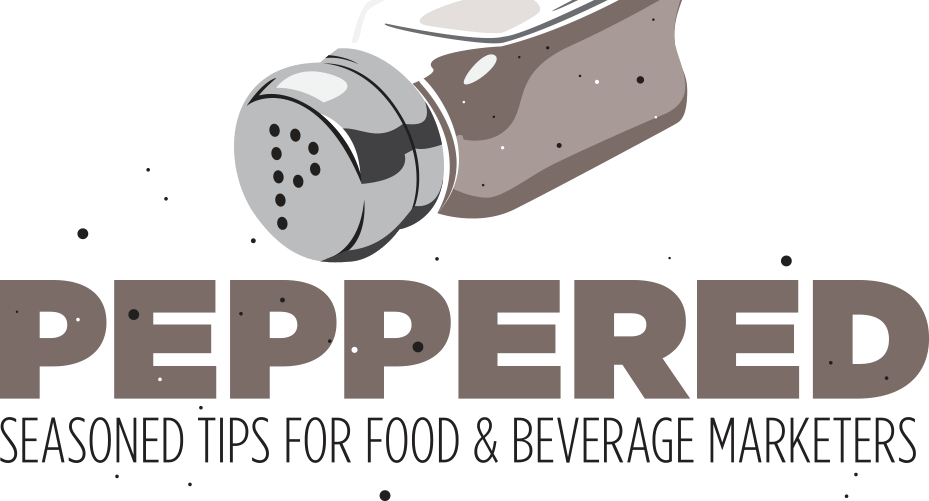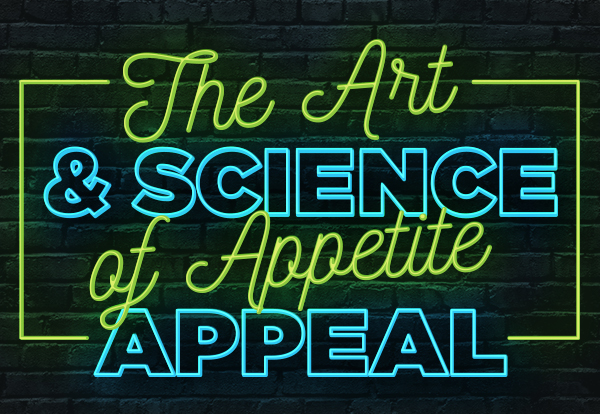Have you ever noticed when you see a Red Lobster commercial that you’re suddenly in the mood for seafood? Or when you see a thick, juicy steak sizzling in a butter-soaked pan with fresh herbs, you find yourself craving Longhorn or Outback Steakhouse for dinner? Or when a halftime ad shows a crisp amber spout of beer being poured into a chilled pint glass, you’re grabbing a tall, cold one from the fridge before the second half kicks off? Consumers can fight off those mouthwatering urges once or twice, but, eventually, you will give in to that appetite appeal.
In food and beverage marketing, we know how critical appetite appeal is to brand success. The mere sight of delicious food is scientifically proven to be a major factor in driving impulse purchases – which 90% of all consumers admit to making.
Great video and photography doesn’t simply capture the moment, it invites consumers into the moment. It must be aspirational and inspirational, bring back memories, and trigger cravings. It’s the story that starts your relationship with your consumer.
Appetite appeal has two fundamental driving forces: Science and Art.
The Science
The metabolic need to eat is hard-wired into humans for our survival. We need nutrients to fuel our bodies. Our bodies are also equipped with senses that create our cravings and desire for food—what we see, hear, taste, smell, and touch.
Sensory input stimulates the body to release powerful, mood-altering brain chemicals called neurotransmitters, which ultimately drives consumers to eat.
When you see something that looks delicious—even when you’re not hungry—the mesolimbic segment in our brain, sometimes referred to as the reward pathway, lights up like a Christmas tree. It’s saying “FEED ME.”
It’s the dopamine effect! Our brains are putting us in “high pleasure-seeking mode,” and the only thing that will satisfy and switch it off is the food we are craving at that moment.
Most of the time, consumers purchase what they believe will satisfy them. This can happen at home, on the go, or in-store. No matter where they are, you want to be the brand that can satisfy their craving.
It’s a very basic concept, but it’s crucial for brands to understand. As marketers, it’s easy to get caught up in new trends and techniques to communicate with customers, but the science of appetite appeal is a fundamental key to success in food and beverage marketing.
The Art
In addition to the hard science of appetite, there is a softer, artistic aspect of marketing food and beverage brands. We eat with our eyes, ears, and imagination long before we actually taste anything. The artistry of your brand must draw consumers in with what they see, hear, and experience. It has to paint a beautiful picture or tell a compelling story that creates a desire, craving, or hunger for your brand.
Art is emotional. It has to move people.
In creating appetite appeal for advertising, the primary goal is to tap into as many senses as possible to mimic those real-life food experiences. When you see a commercial for a juicy steak, you can’t actually smell it or taste it, but your brain likely has a memory of the last time you were at a steakhouse, and the waiter put that hot, sizzling steak in front of you. Your senses went on high alert, and the feelings that accompanied that moment were stored in your memories, waiting to be resurrected. The goal of appetite appeal in advertising is to come as close as you can to recreating the “real life” experience, and letting the brain do the rest. We tap into that experience and trigger that emotion and that pleasure. We bring that memory back to life—the dopamine effect!
No matter what type of food or beverage brand you are working on, these same principles apply. People crave all kinds of food and drink at different parts of the day. Our goal as marketers is to tap into the emotion and senses that will trigger consumers to crave your brand.
Appetite appeal isn’t simply a visual medium. It’s more than video and pictures. There’s also the “art of words.” Although they say, “a picture is worth a thousand words,” it takes far less words tell a compelling story that taps into the art and science of appetite appeal.
A single word can trigger thousands of memories and emotions and signal the brain to activate our senses.
We’re not simply talking about typical food words like delicious, tasty, or mouthwatering. We’re talking about words with real-world contexts and connotations. We’re talking about words with weight. Think about phrases like small batch, cold-brewed, barrel-aged, slow-roasted, hand-crafted.
When you use words like these, it makes your brand feel special and unique. Consumers love the idea of having something that’s in limited supply, or not available to everyone else.
And let’s not forget about words that can help consumers connect your brand with more abstract emotional concepts. Words like anticipation, dream, magical, honest, comfort, energize, and independent. These types of words evoke deep feelings in people and help them relate to your brand.
These types of words tap into the emotion that drives appetite appeal and can go well beyond words that simply describe taste or flavor. Words alone can trigger the brain to crave, and ultimately lead to trial—and, if you’re lucky, brand loyalty.
In conclusion…
Appetite appeal applies to ALL food and beverage brands; snacks, drinks, veggies, proteins, natural, organic foods, breakfast, lunch, and dinner… anything & everything that we eat.
When it comes to the art and science of appetite appeal, brands need to be meticulous about the imagery on their packaging, POS, and advertising. They need to carefully critique the production quality of video in your TV and online content. As with all great art, creating appetite appeal takes time, talent, and taste.
Done correctly, it makes a measurable difference as to whether consumers purchase your brand or another brand that appeals more to their senses. It’s an art… and a science.






